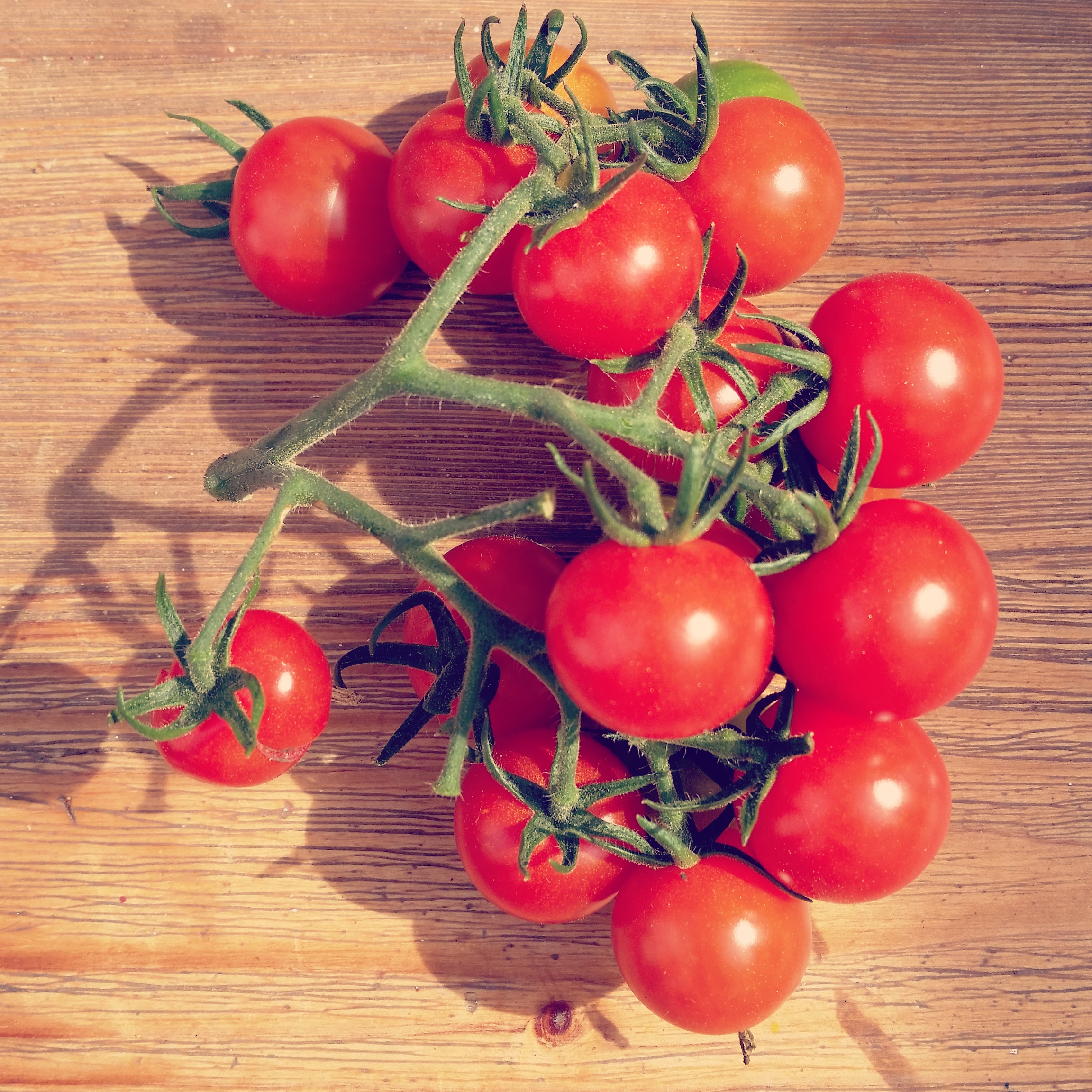Last Updated on January 3, 2022 by Real Men Sow
The bountiful, beautiful tomato harvest in the greenhouse is one of the highlights of the growing year. Big, juicy, and incredibly tasty, a homegrown tom knocks the socks off the supermarket equivalent. The good news is that many tomato varieties don’t have to stop at the end of summer. Since inheriting a greenhouse a few years back, my tomatoes grown under the glass have yielded fruit until the end of November.
This year is no exception, and in a time of growing transition for me, this is an excuse to get very excited. My tomatoes were late to ripen, but now they’re here I’m determined to look after the plants and maximize the length of the yield. So, if you’re lucky enough to have a greenhouse stacked full of tomatoes, here are some tips on making the harvest last as long as possible.
Growing Tomato in Greenhouse for Longer Harvest Time
Trim the Tomato Plants
As the wetter weather arrives, maintaining good air circulation around your plants becomes increasingly important, as a build-up of moisture will bring on blight. Blight is a disease that causes fruit to rot and is most prevalent in wet weather.
Cutting back foliage will improve air circulation and help keep blight at bay, as well as letting more sun in. The more sun that gets to the tomatoes, the more that will ripen before the winter.
Inspect and Protect
Take the time to have a quick look at the plants and introduce some more support if necessary. By this time of year, the plants will be heavy and laden, so watch out for stalks under pressure from the weight. Add extra staking if required, or gently tie the top of the plant to the greenhouse roof to hold it up straight.
Check the tomatoes nearer the bottom of the plant and use string to keep any fruit off the ground so prevent rotting.
Watering Tomato in the Greenhouse
Keep watering consistent and be steady with the can so that water doesn’t splash onto the leaves as this will increase the moisture around the plants and contribute to blight.
Have a mop up around the plants, clearing away any old leaves and mulch from earlier in the year. Adding fresh mulch to the base of the plants will help keep the temperature higher, lock in water to the roots, and provide a well-received nutrient boost.
Blossom End Rot
Look out for blossom end rot, a common disease at this time of the year. This is often caused by irregular watering as we get lazier when spending time outside becomes less appealing.
The rot starts off as a little black spot on the bottom of the tomato and grows bigger as it takes hold. The good news is that blossom end rot isn’t curtains for your crop, and if you catch each fruit early enough you can cut away the rotten patch and still eat the tomato.
Ripening and Harvesting Tomatoes in the Greenhouse
Although your plants will begin to wind down for winter and stop producing fruits, those that are on the plant will still ripen. However, tomatoes can be stubborn things, and sometimes need a helping hand beyond trimming back the foliage. A common trick is to leave a couple of bananas in amongst the tomatoes. Bananas emit a gas called ethylene, which brings on ripening, and this works particularly well in an enclosed space such as a greenhouse.
You can also harvest green tomatoes and bring them inside to ripen on a sunny windowsill. This will keep the toms warm and snug without exposing them to the colder nighttime temperatures. And of course, you can always use the unripe fruits as they are. Green tomatoes make excellent chutneys and salsas.


1 thought on “Tomato Greenhouse Tips for Better Harvesting and Growing Process”
Comments are closed.